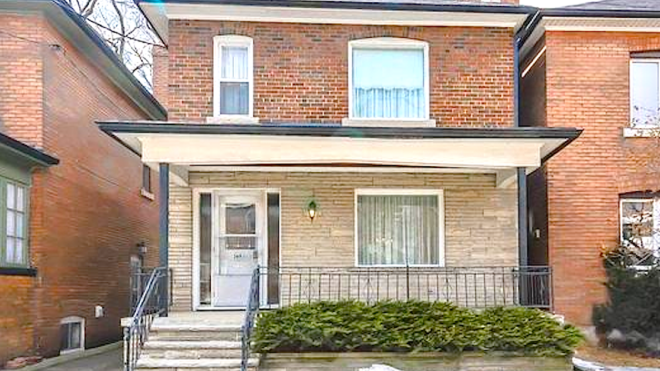My greatest winter fear isn't braving the subzero-degree temperatures outside. Rather, it's keeping my home and family warm on the inside!
Lately, I've come across many tips to prepare the home for winter, like this hack to keep the foyer nice and dry with special boot trays.
But I'd like to dig deeper, and look for simple tricks that will help circulate air and retain heat in all the rooms in my home.
To lower the costs of heating the home, let's first explore ways to winter-proof rooms without breaking the bank. These hacks will hopefully help you save money on hefty electric bills this winter!
In an exclusive guide below, we'll go over eight brilliant tips, from using tools that can be found in the kitchen and pulling things straight from the bathroom, to spending no money at all.
Scroll further to start looking through these great home insulation tips, and let us know your thoughts in the comments below!
1. Stick Tinfoil Against The Wall
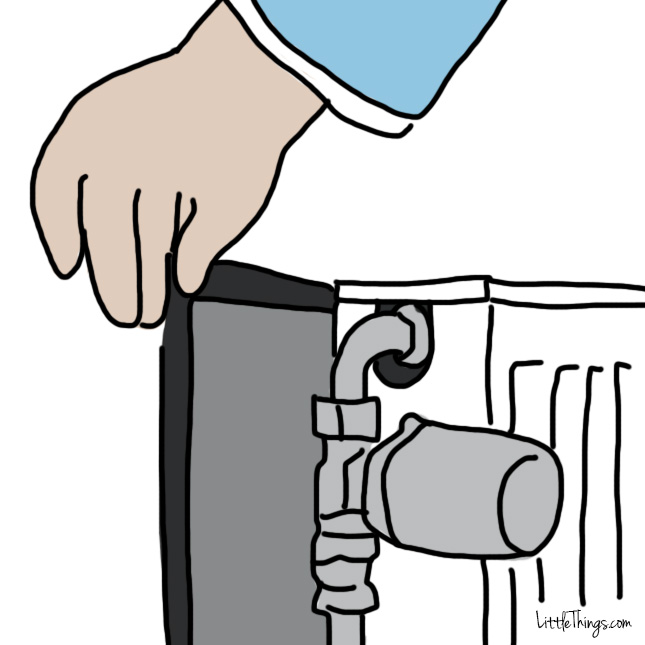
If you have a fireplace in your living room, chances are, they're not great for heating up the whole house.
Most of the heat gets pulled up into the chimney, leaving a small amount to radiate into the home.
To remedy this efficiently, try putting a layer of tinfoil behind a wall-mounted heater, or against the rear wall of your fireplace.
This foil will reflect the heat off the heat source, and distribute it back into the room, according to PositiveMed.
2. Rotate Ceiling Fans Clockwise
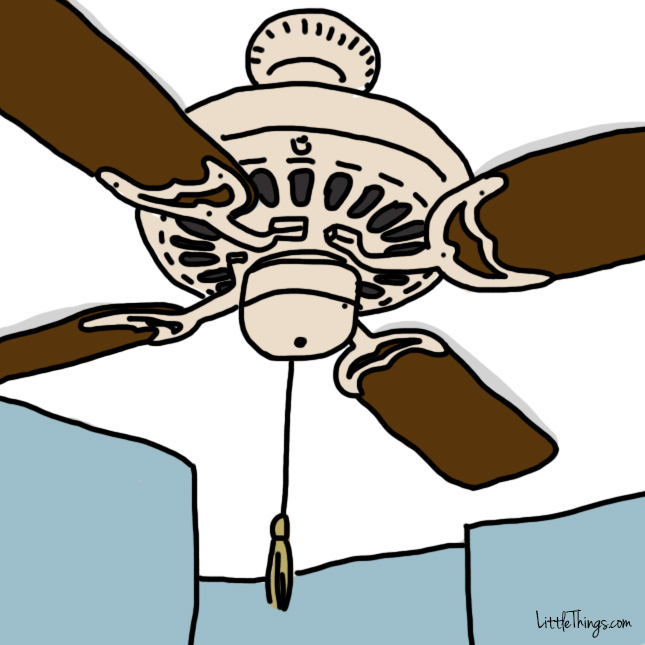
Turning on your ceiling fan during the winter months seems like something you wouldn't do in a million years, right?
The fact is, however, that your ceiling fan may need to be "changed" according to different seasons.
By setting the fan to spin clockwise at a lower speed, you will help drive warm air back down in the home, according to Lifehacker.
3. Use Clear Shower Curtains On Windows
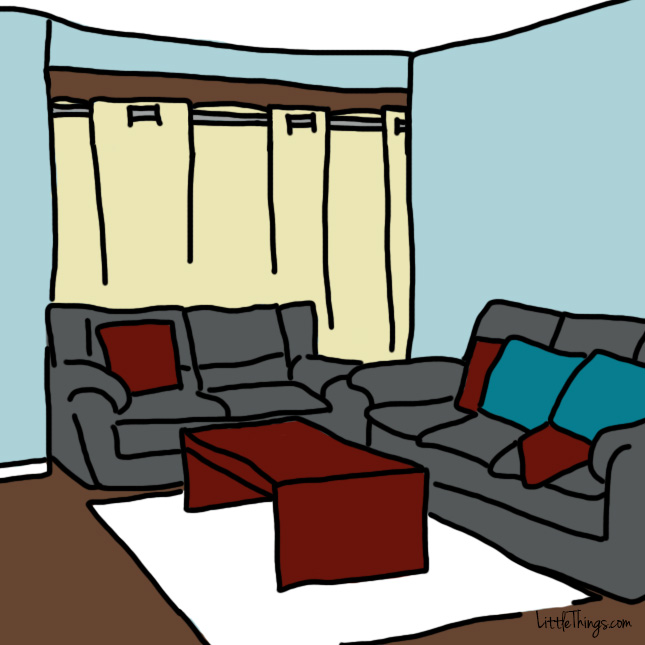
It can certainly get frustrating when it comes to winterizing your windows for the winter.
One good trick is to use cheap, clear shower curtains over the windows in your home that get sunlight. This is a good way to keep cold air out, while letting in the warmth from the sun at the same time, according to wikiHow.
An additional step would be covering the tiny cracks in your windows with clear plastic sheets or film, to make them airtight.
4. Put Down A Rug
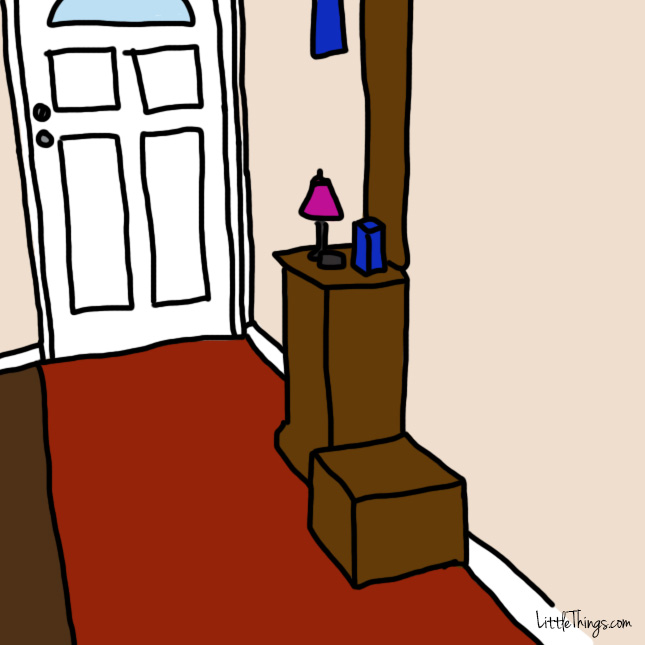
A good way to add both color and coziness to your home is to lay down some rugs. Look to spread them all over the home — in the living room, in hallways between the bedrooms upstairs, and in the entryway.
According to the National Energy Foundation, floors can account for up to 10 percent of heat loss in the home, if they aren't properly insulated.
Rugs will add a layer of insulation to the floor, and trap cool air underneath, keeping it from creeping upward and spreading across rooms.
5. Use Pipe Insulation
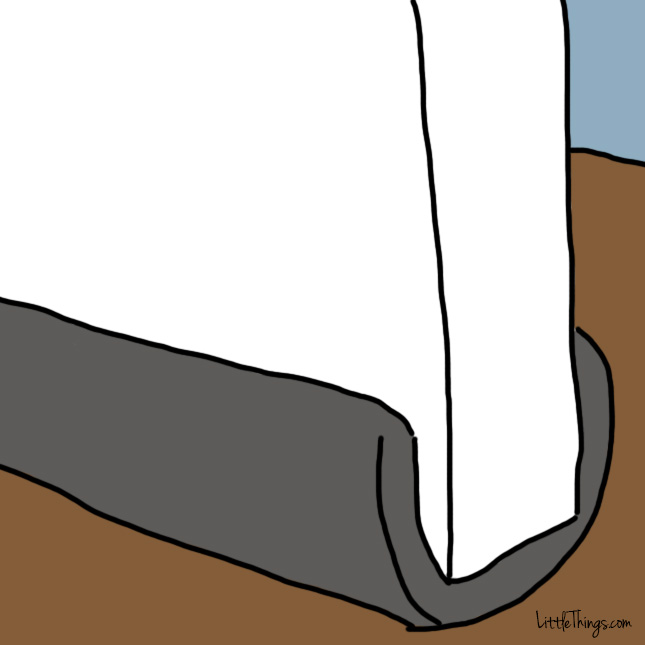
You will mainly be insulating your home to keep away drafts coming from outside of your home, but it is equally important to contain the drafts that float between rooms.
One relatively inexpensive way to do this is by getting some pipe insulation from your local home improvement store.
This is a great trick to selectively heat certain rooms in your home, and will minimize air movement indoors.
Pipe insulation can come in several different sizes, so make sure to get a size that will fit snugly under your doors!
6. Close Up Unused Rooms

Here's a tip that won't require spending any money at all. By closing the doors on unused rooms, you will prevent cold air from moving into the remaining areas of the house.
It will also help you contain the heat you're already generating, whether with the help of a fireplace, a wall radiator, or some other source.
7. Seal Cracks In The Attic

It's always important to check the overlooked rooms in your home — namely, the attic and basement.
Blocking the air from escaping the outer edges of your attic can be tricky, because the cramped space underneath the eaves (where the rafters meet the outer wall) can be hard to move around in.
But it's important to air-seal the wall plate around the perimeter of your attic, and to insulate cracks in the hatch.
This can simply be done with the same adhesive strips that you're using on your windows and doors.
8. Cover Electrical Outlets
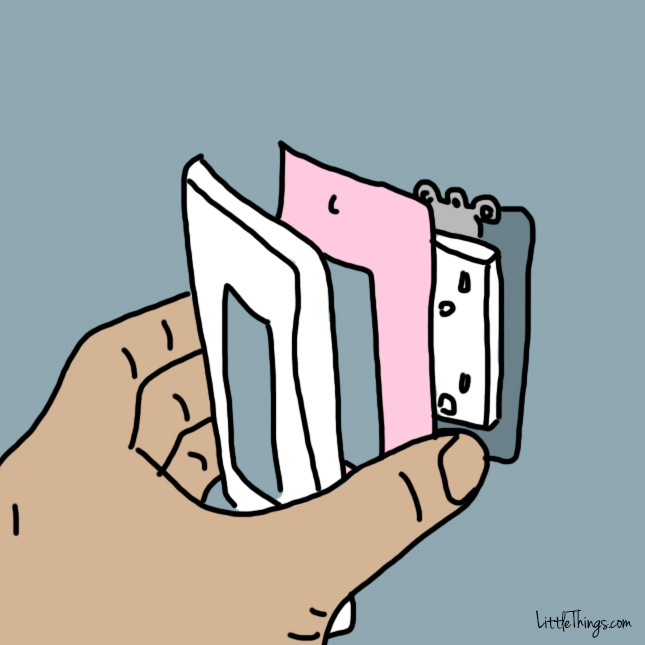
Believe it or not, the outlets in your home might be causing a lot of heat loss in your home right now.
The drafts that escape through a single outlet aren't significant, but when it adds up with all the outlets you have at home, the leak could be huge.
Try insulating your outlets with foam insulation pads, which can be found at any hardware store.
Please SHARE these inexpensive, handy insulation tips with friends and family!



